I just filled up my tires and, two days later, my right tire is losing pressure. I’ve checked the tire for leaks and don’t think the tire itself needs replacing, so my next guess is the tire valve stem is leaking. How do I fix a tire valve stem leak?
Rachel Juillerat · Answered on Feb 18, 2022
Reviewed by Shannon Martin, Licensed Insurance Agent.
Fortunately for you, fixing a tire valve stem leak is both easy and cheap. You just need to purchase a replacement tire valve stem and a valve core tool. A pack containing both of these items is on Amazon for less than $5!
To replace the leaking tire valve stem, do the following:
Note: If you notice corrosion on the old stem, be sure to clean the interior threads of the tire stem on the tire.
While this is an easy and cheap fix, there are some car fixes you may need assistance with, so it’s always a good idea to invest in a solid car insurance policy.
Jerry makes finding the right policy for you easy. Jerry compares personalized rates from more than 50 top providers and delivers the best deals to your phone in minutes for free. The average Jerry driver saves $887 a year on car insurance.
MORE: Will insurance cover a flat tire?
Car RepairCar Tires
View full answer
WHY YOU CAN TRUST JERRY
Jerry partners with more than 50 insurance companies, but our content is independently researched, written, and fact-checked by our team of editors and agents.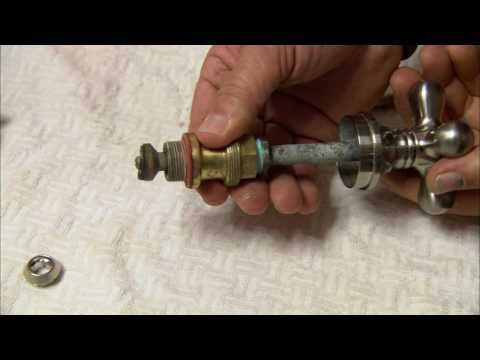 We aren’t paid for reviews or other content.
We aren’t paid for reviews or other content.
Browse More Content
What To Do If Your Parking Brake Won’t Engage
Oxygen Sensor Replacement Cost
Reverse Lightbulb Replacement
What To Do If Your Steering Wheel Is Creaking
What To Do If You Hear A Squealing Noise When Steering Wheel Is Turned
Chevrolet Impala Super Sport Insurance Cost
Infiniti Qx60 Insurance Cost
Bmw M6 Insurance Cost
Ford F350 Super Duty Insurance Cost
Buick Cascada Premium Insurance Cost
Branchland Car Insurance
Box Elder Car Insurance
Lumber Bridge Car Insurance
Fairview Car Insurance
Rochester Car Insurance
I’ve loved Lamborghinis since I was a kid. They’re sleek, they’re fast—they’re my dream car! I’m already saving up to buy one someday. How much does car insurance for a Lamborghini cost?
They’re sleek, they’re fast—they’re my dream car! I’m already saving up to buy one someday. How much does car insurance for a Lamborghini cost?
Melanie Johnson
Feb 18, 2022
I got a ticket yesterday and I’m so bummed. I’ve never gotten a ticket before—I was just zoned out and didn't realize I was going 10 over. Can I ask the judge to reduce my ticket?
Melanie Johnson
Feb 18, 2022
I’ve been sitting on my old car that no longer works and I’m ready to move on and clean out. Where can I sell it?
Pat Roache
Feb 18, 2022
Browse All Questions
Some cars are cheaper in Mexico, but it depends on the vehicle and consumer demand.
Matt Nightingale
Apr 19, 2022
If you have a vehicle from 1995 or newer, you’ll need to make sure you have an EPA-approved catalytic converter. Follow our tips to keep it safe from theft!
Follow our tips to keep it safe from theft!
Matt Nightingale
Jun 22, 2022
Speeding
driving record
Car Body Repair
Car Reviews
FS-1 Form
Collision Coverage
Car Loans
No Fault State
Emergency Insurance
State Farm
Young Drivers
Cheap Auto Insurance
Full Coverage Insurance
Car Prices
driving record
Travelers
Natural Disasters
Save Money
Title Transfers
Donating a Car
Fleet Sales
Identity Theft
Chrysler
Mitsubishi
No long forms
No spam or unwanted phone calls
Quotes from top insurance companies
Find insurance savings — it's 100% free
Toyota
Hyundai
Mercedes-Benz
Subaru
Chevrolet
Mitsubishi
“A tire only loses air if it’s punctured.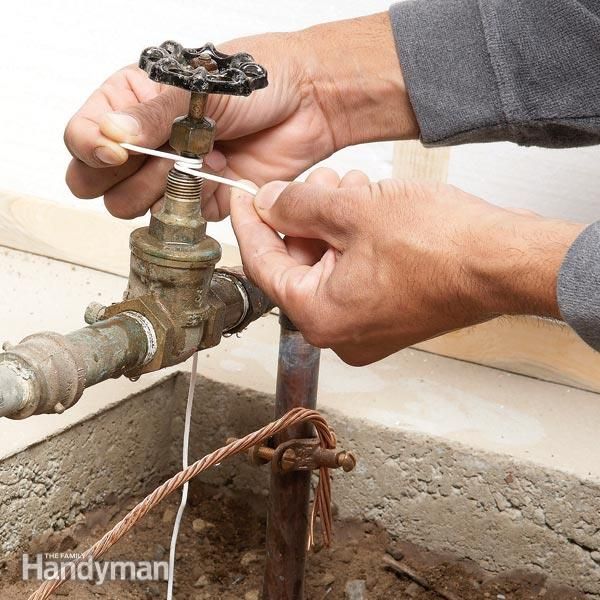 ” This is a common misconception that we have all had or heard and yet the reality is quite different. Indeed, a tire can lose air even without a puncture, as for example in the case of a crack in the valve that is used to inflate your tires. A punctured valve is difficult to detect, and not taking care of it in time can have real consequences for your tire, but also (and above all!) for your safety. Blackcircles Canada, your online tire specialist, offers below a complete guide to the causes and consequences of a punctured valve, and how to repair a leaking valve stem.
” This is a common misconception that we have all had or heard and yet the reality is quite different. Indeed, a tire can lose air even without a puncture, as for example in the case of a crack in the valve that is used to inflate your tires. A punctured valve is difficult to detect, and not taking care of it in time can have real consequences for your tire, but also (and above all!) for your safety. Blackcircles Canada, your online tire specialist, offers below a complete guide to the causes and consequences of a punctured valve, and how to repair a leaking valve stem.
A valve is a pin located on the outside of the tire, through which the tire can be inflated/deflated. It has a mechanism consisting of a spring-mounted valve that closes tightly with the air pressure inside the tire. Over time, the stem valve may become brittle and cracked, which may increase the risk of air leaking through it.
When the stem valve leaks, the affected tire is no longer able to retain air. Depending on the extent of the damage, the air will leak out slowly or more quickly. In both cases, the valve must be replaced.
If the air leakage is slow, you will be subject to the problems encountered by drivers driving with underinflated tires. Internal damage that can shorten the service life of the tire by up to a quarter, increased fuel consumption due to higher rolling resistance: the tire will damage faster, and your energy-efficiency will be significantly lower. The tire will also have poorer traction and the stability of your car will be reduced when cornering, not to mention the more pronounced deformation of the tire that increases its internal temperature, which can cause it to burst. Finally, an under-inflated tire increases the risk of hydroplaning. Tire pressure is thus very important!
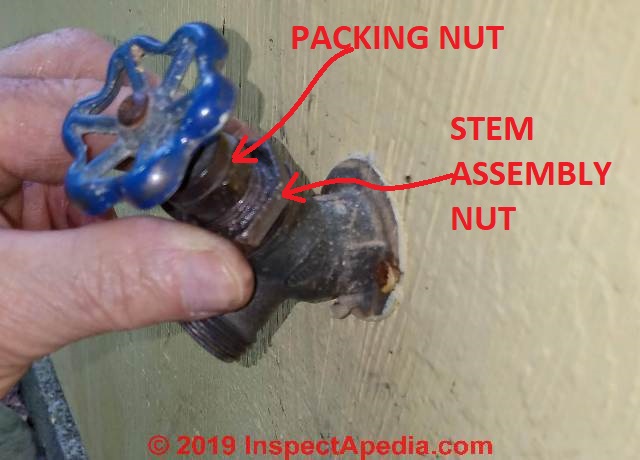
First of all, make sure it is the tire valve stem that is leaking. To do so, there’s a very simple trick! Apply a mixture of water and dishwashing soap to the valve with the cap removed. If bubbles start to appear, your valve is leaking. If this is not the case, and there is a definite air leak, it will be located elsewhere on the tire.
Step 2: Gather the right tools before you start!Before you begin, make sure you have all the necessary equipment to complete the replacement of the faulty valve stem.
For this, you will need the following:
You are now ready to start the process!
Step 3: Loosen the nuts on the wheel you are going to work on.
To do so, use the wrench mentioned in the previous step to loosen each of the lug nuts holding your wheel in place. Do this while the car is still on the ground.
However, for certain models of vehicles, it is possible that the wheel nuts have an anti-theft ring. If this is the case, you’ll have to use the appropriate special key to remove the locking nut(s).
Step 4: Raise your vehicle with the jack and then remove the wheel.First and foremost, make sure the handbrake is applied so that your vehicle is completely immobilized. Then, use your jack to lift your car. Be sure to position it on the right part of the chassis so that the car is properly supported. This will prevent any damage to the car and any bodily injury. Once your car is lifted, secure it on jack stands. Unscrew the wheel bolts completely, then remove the wheel. Finally, place the wheel on the ground flat, with the outside of the wheel facing up.
Step 5: Remove the valve stem core with the removal tool and let the tire deflate.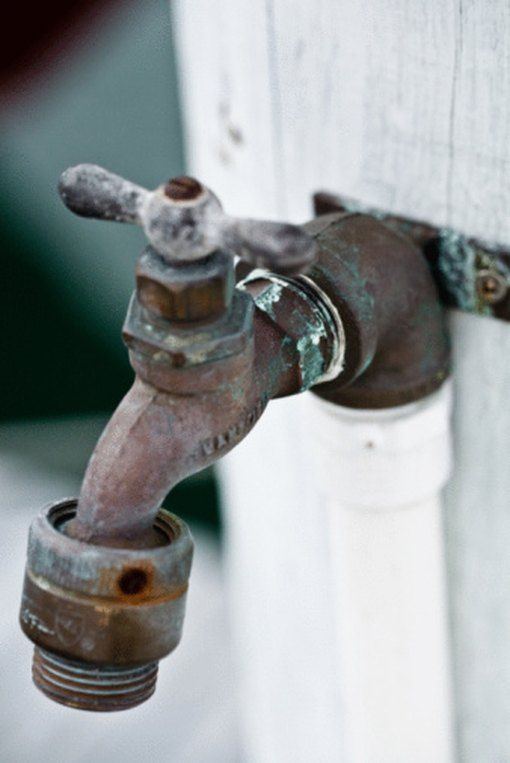
If you have not already done so, remove the valve cap. Then remove the valve stem core using the valve stem removal tool to release the air from the wheel, which should normally deflate completely on its own.
Step 6: Separate the tire’s bead from the wheel.For this step, use the sledgehammer in the following way: hit the tire sidewall with the sledgehammer in the same spot until you hear a crack or popping sound, and see the inside lip of the tire visibly break loose from the rim. This means that the tire has been successfully detached from the lip of the wheel.
Once the tire bead has been broken, continue hitting with the sledgehammer around the tire to detach the sidewall around the entire circumference of the wheel.
Step 7: Remove the tire from the rim.Once the sidewall of the tire is separated from the outer edge of the rim around the entire circumference of the wheel, insert your tire iron between the edge of the rim and the inside lip of the tire, and then pry upward to pull the lip of the tire over the edge of the wheel. Once you have pulled the lip of the tire over the edge of the wheel, work the tire iron around the rim until the entire lip of the tire is off the rim.
Once you have pulled the lip of the tire over the edge of the wheel, work the tire iron around the rim until the entire lip of the tire is off the rim.
Once the sidewall of the tire is completely above the wheel, grab it by its removed lip and pull it upward so that the opposite lip that was at the bottom of the wheel is now touching the top edge of the rim. Use your tire iron again by inserting it between the tire’s lip and the edge of the wheel and pry upwards to pull the lip over the edge of the rim. As before, work the tire iron around the edge of the wheel until the tire is removed from the wheel.
Step 8: Remove the defective valve stem and replace it with the new one.Once the tire is separated from the rim, it is time to remove the valve stem. To do this, first pull out the valve stem free from the wheel using the needle-nose pliers. Once this has been done, install the replacement valve stem from the inside of the wheel. Once it is in position, use the needle-nose pliers again to pull it through into its right place on the wheel.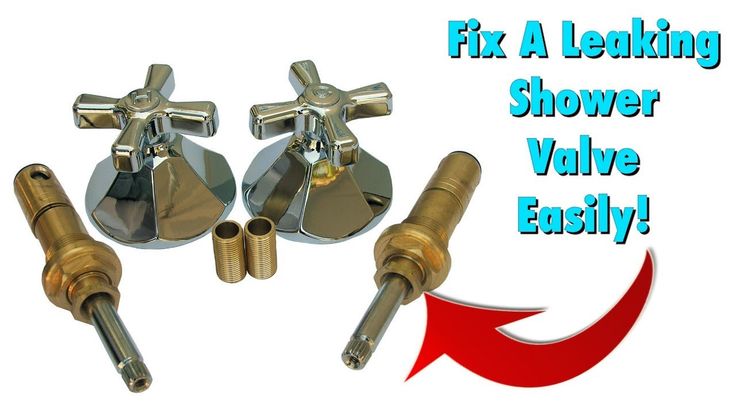
Once the stem is in place, it is time to put the tire back on its rim. To do this, start by pressing the tire down over the rim until the bottom bead clears the edge of the rim. The aim here is to return the lower sidewall of the tire to its original position on the wheel.
Then press the upper sidewall of the tire down underneath the edge of the wheel. Then tuck your tire iron between the tire sidewall and the rim edge and use it to make the opposite movement to the one you used to pull the tire sidewall out of the rim. Once the bead clears the lip of the wheel, use the tire iron to work your way round the entire wheel until the tire is completely installed on the wheel. Then inflate it to the correct pressure using the air compressor.
Step 10: Make sure there are no other leaks, and mount your wheel back on!Once the tire is inflated to the correct pressure, check for other leaks.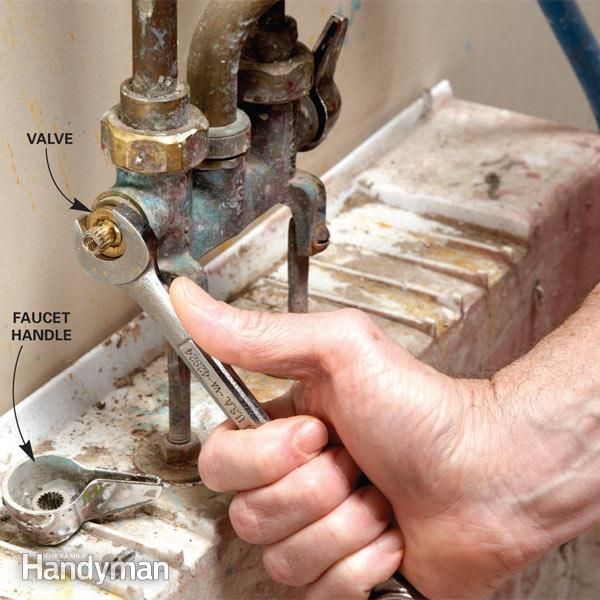 If all is well, mount the wheel on your vehicle and bring it down by lowering the level of the jack stands until the repaired wheel touches the ground and you can safely remove them.
If all is well, mount the wheel on your vehicle and bring it down by lowering the level of the jack stands until the repaired wheel touches the ground and you can safely remove them.
Ultimately, it is very important to make sure your tires are free of air leaks to maintain proper air pressure at all times. In the case of a slow air leak, the consequences can be dramatic. If the air leak is due to a faulty tire valve, you will definitely need to replace it. You can either follow the above procedure on how to repair a leaking tire valve or take it directly to a specialist. If, on the other hand, you need to change the entire tire, consult our selection of tires adapted for your car directly online on our website!
Tire Installation 101: When and how to change your tires?
Heading: MiscellaneousAuthor: s-admin
In plumbing fixtures, no matter how trite it may sound, leaks sometimes occur. But not all of us in our country are experienced plumbers. Even I, whose work experience as a plumber for about 8 years, and later as a welder (I have a 5th grade welder education) in the same system, cannot always immediately determine the cause and method of eliminating the leak. The most common leaks in plumbing or plumbing fixtures are:
gaskets or wear of moving rubbing parts (usually mixers).
Now let's look at leaks in more detail and decide how best to fix them with our own hands without the help of plumbers. In the pictures you see two types of standard carnbucks. One for a faucet or old-style faucet, the other for the faucet head.
Valve head construction: screw, lock washer, stem, body, gland, valve, packing.
Repair tools: screwdriver, adjustable wrench, gland packing or gland gasket, linen or fum tape.
Starting repairs. First of all, you need to turn off the water pressure to the faucet being repaired. You need to look for the main tap in the toilet or under the washbasin, sink. We turned off the water, turning the stem a little, we unscrew the faucet head. We unscrew the stem (clockwise - twisting it) and take it out completely, with a screwdriver we pull out the old gland packing and thrust washer from the housing. We remove the old gasket from the stem valve - the gasket is fastened with a screw to the valve. Install a new gasket in its place. If there is no gasket, you can make it yourself: cut it out of rubber 3-4 mm thick. We screw the rod into place in the body of the crane box and put on the thrust washer. This washer is needed so that the gland packing does not get under the stem threads. Next, we wind the stuffing box packing on the stem and use a screwdriver to sink it into the seat, additionally sealing it. There should be enough packing so that the gland nut can catch on the threads. We put on the gland nut and press a couple of turns. Now we screw the crane box into the valve body, having previously unscrewed the stem so that the valve is, as it were, open. We tighten the crankbox with a key and turn off the tap. Now you can open the water and check the operation of the tap.
We put on the gland nut and press a couple of turns. Now we screw the crane box into the valve body, having previously unscrewed the stem so that the valve is, as it were, open. We tighten the crankbox with a key and turn off the tap. Now you can open the water and check the operation of the tap.
Repair of the crane box designed to work in the mixer, shown in the second picture. In fact, this crane box cannot be repaired and when it fails, the crane box changes completely. But we will try to fix it. The main reason for replacement and repair: 1 wear of the stem gland (leakage of water from under the stem) and 2 wear of the ceramic plates and, as a result, water flow from the mixer with the valve closed.
Oil seal repair. Remove the control knob. We unscrew the crane box from the mixer body and remove the stem. Rubber rings are installed on the stem, which act as an oil seal. These are the rings we need to replace. Now such rings are sold in any plumbing store.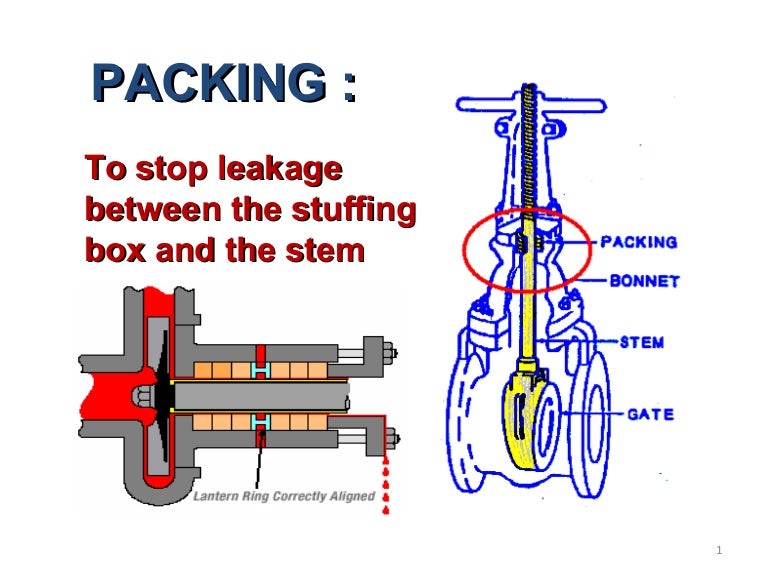
The same store also sells repair kits (pictured in red). It is best to take a crane box to the store and the sales assistant will select the right kit for you. Everything is easy to install, it costs a penny. The cranebox itself is also not expensive6, so it’s up to you to decide whether to replace it entirely or just a repair kit.
Write, if something does not work out, I will always answer.
Home » Equipment
Hello dear subscribers and guests of the blog. In this article, we will analyze how to repair a water valve.
Earlier I wrote an article “How to turn off the water yourself”, in which he briefly dwelled on the issue of self-repair of the valve, if it is impossible to turn off the water supply.
After some time, I noticed that often from search engines people came to this article on requests: “how to fix the faucet”, “closed the faucet, and the water flows”, “the valve does not hold, what to do” and the like, but the essence was reduced to to one - the layman does not know how a valve, a faucet is arranged, does not know whether it is possible to restore the working capacity of this important element of the water supply system, and when he got to my blog he did not find an answer to his question.
So, you are faced with the problem of turning off the water, I will try to help in solving it.
If a valve is installed at the inlet of the distribution of water pipes in your apartment, then it is quite possible to bring it into working condition without a complete replacement, moreover, you can do it on your own.
No matter what material it is made of, be it bronze, or cast iron, or polypropylene, the device is identical.
If a ball valve fails, it is easier to replace it with a new one than to bother with revision.
But let's talk about everything in order. Here is a sectional diagram (click to enlarge).
1 - housing;
2.13 - nut;
3.12 washer;
4 - rubber gasket;
5 - valve;
6 - sanitary flax, or gasket;
7 - stem;
8 - stem bushing;
9.16 - gland packing;
10.15 - sealing sleeve;
11 - flywheel;
14 - clamping nut.
- wear of the rubber gasket, or its complete absence;
- valve flew off the stem;
- there is a piece of scale, which does not give a uniform pressure of the gasket to the "mirror";
- stem is bent;
- "mirror" of the case has scratches, pores.
You can deal with the first three possible causes yourself.
I described in detail how to replace the gasket in the video posted at the very end of the article.
If the valve has fallen off the stem, then you have to tinker a bit, and how to fix it will become intuitive when identified. I had to fix it by pressing the top of the “saddle” of the valve with pliers.
Remove scale if present.
If the stem is bent, it must be replaced, or the valve bushing must be completely.
Be sure to make sure that there are no scratches, chips, pores on the "mirror" of the body, if there are any, there is nowhere to go - you need to change the valve.
Another malfunction also happens: a stud is screwed into the valve, on which the gasket is put on and pressed with a nut, it breaks off from long-term operation, the rest of it must be drilled out, the threads driven out with a sword, and a new one screwed in - in general, this problem can be dealt with on your own, of course which will take some time to do so.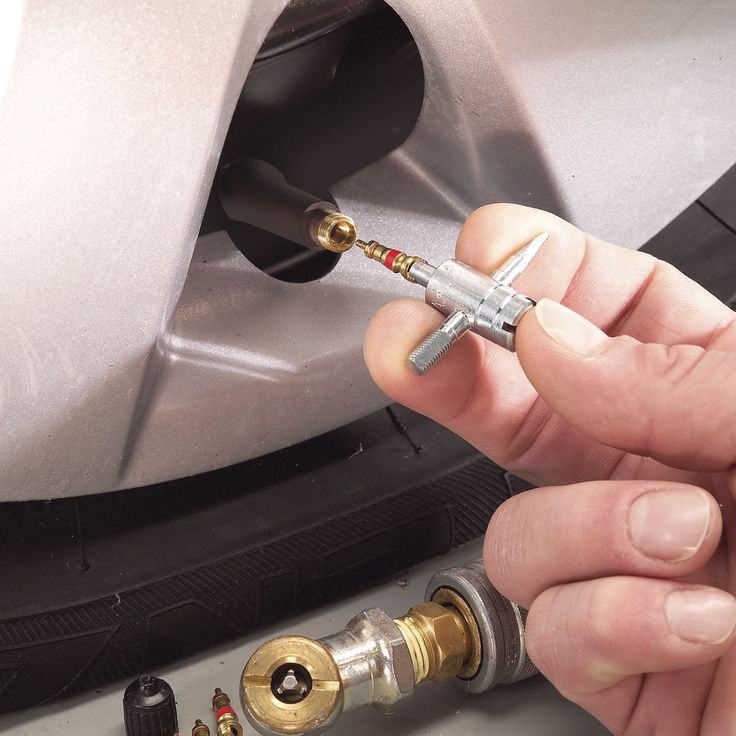 If time is limited, then you will have to change the axle box crane - it takes a few minutes.
If time is limited, then you will have to change the axle box crane - it takes a few minutes.
- there is no way to turn the handle;
- leak from under the clamping nut;
- a crack in the body.
The first reason arises mainly due to the fault of the owners, the fact is that the valve works only in two positions - open or closed, it is not permissible to operate it in the so-called "quarter turn", which some, out of ignorance or deliberately use to regulate head.
The open surface of the ball is covered with various deposits, because it's no secret that the chemical state of our water leaves much to be desired. It is because of these deposits that there is no way to move the ball from its place, as a result - not a working crane. In this case, there is only one way out - replacement with a new one.
Of course, you can try to spray the stem with anti-corrosion liquid VD-40, or drip kerosene, but it is far from a fact that the result will be positive.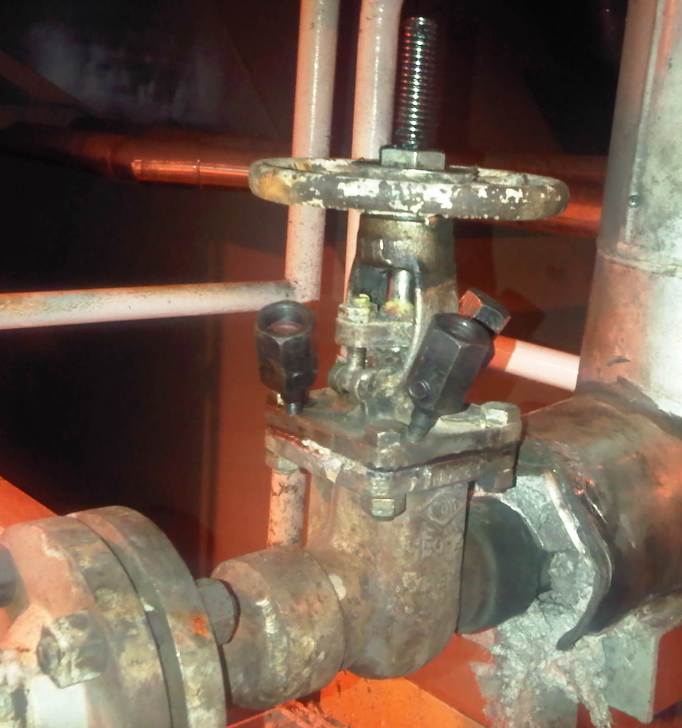
In order to avoid such an opportunity, I can recommend compliance with the operating conditions, and it would not be bad occasionally, at least once every 2-3 months, to turn the cock handle - closed / opened.
The second possible problem is easily eliminated - you need to remove the handle and tighten the clamping nut. This should be done without much effort, and stop pulling up as soon as the water stops flowing.
Well, the third one implies a replacement.
Attention:
Make sure that the water supply to the element being repaired is turned off before starting repair work.
Useful related articles:
How to turn off the water yourself?
Which faucets are reliable for plumbing.
If you have any questions, or have something to add, you are welcome in the comments column.
I recommend that blog guests subscribe to receive new articles, for this, fill out the form that opens when you scroll to the bottom of the page, I assure you there will be more useful information.